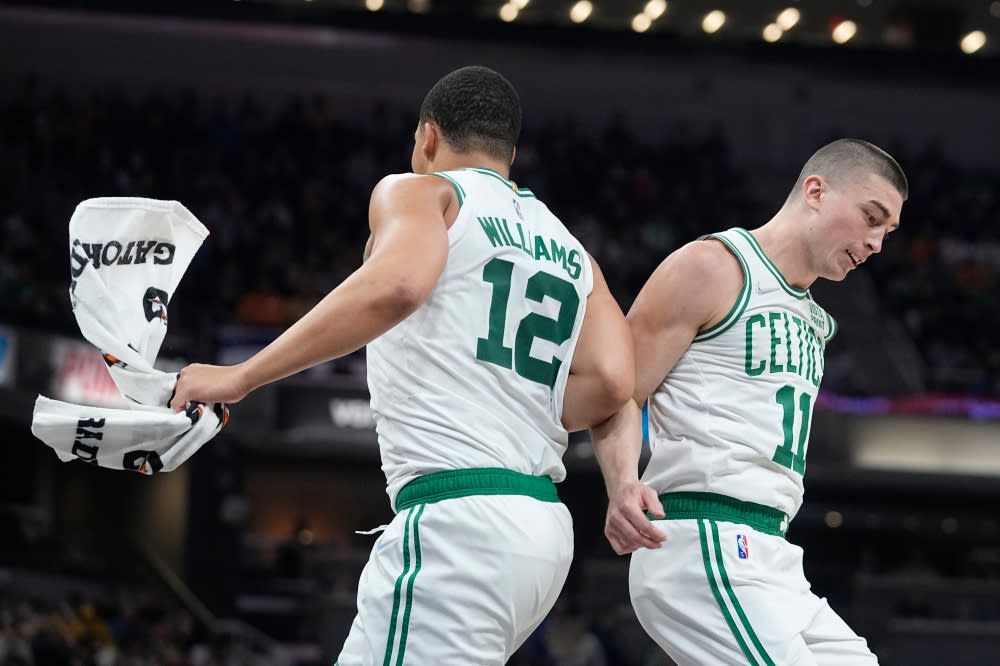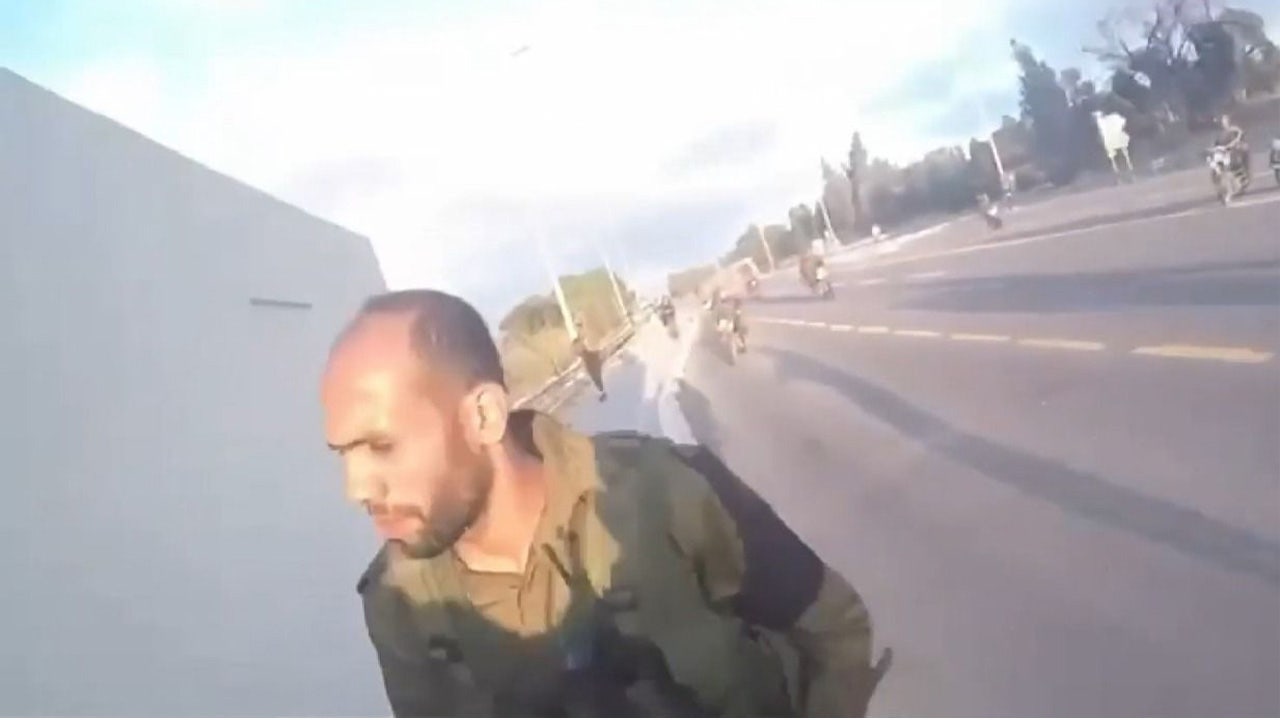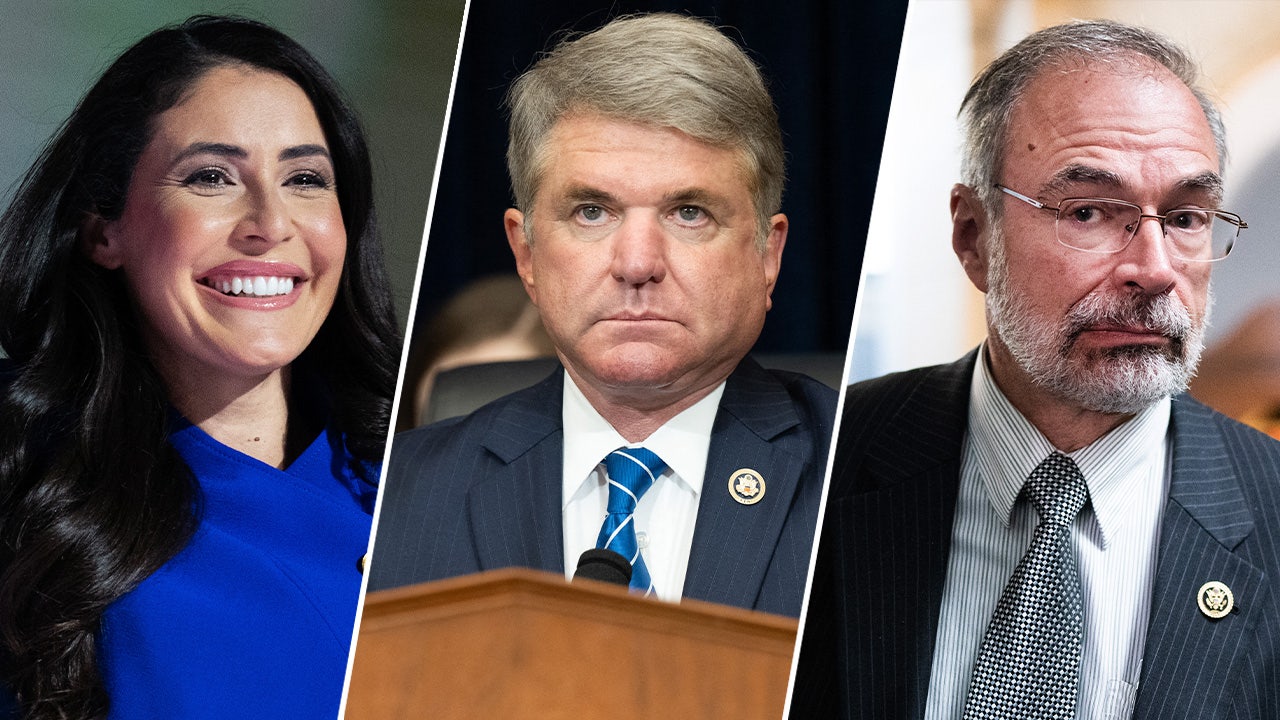When I travel and visit people in other cities and states, I’ve realized that many people still don’t grasp the diversity that exists within Boston. Sometimes, I hear questions like “There are Black people in Boston?”
I actually grew up outside of Boston itself, but I would come into the city on weekends and during the summer to see my dad, who was based in Dorchester. He is from Barbados originally — and Dorchester is home to all of these Caribbean communities, which was so exciting and a culture shock to be introduced to when I visited. I loved coming here. I moved to Boston full-time when I was 12 years old and eventually enrolled as an English major with a focus on journalism at UMass Boston.
One semester, I took a music history class on hip-hop with UMass Boston professors Jeffrey Melnick and Akrobatik, who is also a well-known rapper from Boston. They brought in lots of cool artists and speakers. They also told us about this archive that existed in the campus library: the Massachusetts Hip-Hop Archive. So, I made an appointment, walked in, and there were all of these boxes and folders all around the main table. I just went to town in there for an hour and a half.
When you learn about the history of a city, you start to realize that a lot of stories eventually come full circle. They echo across generations. And as I dug through the Massachusetts Hip-Hop Archive, I was reminded that stories of Boston as this multicultural place are often untold. I couldn’t find a place online where you could even access that community history. As I kept finding all of these photos and videos — not just in the hip-hop archive but also in the Boston Public Library and Northeastern University Library, state archival databases, and television archives — I decided to create that resource online: the Boston Urban Archive.
When I launched the Boston Urban Archive’s account on Instagram in 2023, I was strategic with my approach. I wanted it to be a space that was aesthetically pleasing — very neat and organized. And I wanted to captivate people.
One of my earliest posts — which ended up getting something like a million hits — was this old video from the 1980s that featured Mark Wahlberg [a Boston-born actor and rapper] as a child. That video was a way of bringing people in and gaining traction before sharing a wider range of photos, videos, and stories from the archives. I also try to choose stories that have some connection to what is going on in the present. Recently, I posted this mid-1970s clip from a supermarket in Dorchester in which a reporter talks about rising food costs and customers are complaining about $2 steaks.
On Oct. 25, I wanted to publish something about youth in Boston. I had a video clip from 1990 of a reporter speaking with little boys at the Franklin Field housing project on the north side of Franklin Park. The reporter asks them about crime and a curfew that the city had been considering putting into place back then. I really liked the boys’ energy. They said, “Yeah, this is our neighborhood and if there’s a curfew, we’re probably not gonna abide by it, but we’re gonna be playing basketball and minding our own business.” When I heard that, I chuckled a little bit, and I decided to use that bit as the intro to another clip that showed the boys playing basketball. Within hours of posting the video on the Instagram account, all of these comments came rolling in, many of them saying the same thing: “RIP EMOE.” There were dozens of them.
So I’m like, “Who’s EMOE?” None of the video descriptions from the archive had information identifying the boys, because they were minors. But then another person commented on the post claiming to be EMoe’s cousin. So I messaged them, and I soon learned that EMoe was the nickname of the boy in the video who made the comment about staying out past curfew playing basketball. His name was Eric Paulding. And in 1997, Paulding was shot while leaving his girlfriend’s house around Franklin Park. I learned that his killing was notable because it came after a two-and-a-half-year period of no juveniles being killed in Boston. He was killed in the same neighborhood where that clip with the reporter took place seven years earlier.
Not long after Paulding’s cousin and I exchanged DMs, his aunt messaged me and said, “Thank you so much for sharing this. It was great for his grandmother to see.” That really hit a soft spot for me. The video clip was over 30 years old. When I imagined Paulding’s grandmother hearing his voice, seeing him, all these years later — I can only imagine how it made her feel.
In the beginning, I had some idea that sharing these archival videos and photos might inspire people from the community to contribute their own memories and information. But I didn’t realize how big this platform would become and that it could be a way of bringing a community together or how it would be this place where we all learn from each other. I’ve learned a lot from the comments. I posted a video of an early 1990s rap group called Joint Ventures, thinking, “Wow, this sounds like something that could’ve come out of New York.” And then the daughter of the group’s lead rapper, MC Fly Ty, commented and said, “That’s my dad! He ended up passing in ’94. Thanks for posting this.” I’ve even seen some folks reconnect with each other in the comments on certain posts! They’ll spot a familiar face, tag their friends, and say, “Oh my gosh, isn’t that Miss So-and-so from when we were kids?”
The Boston Urban Archive began as a hobby, but now it’s opened doors. People watch these videos, study these photos, and ask about the people in them: “Where are they now? What happened to them?”
As a journalist and a writer, I want to be able to answer those questions, to give voice to stories and experiences from the community that haven’t received the recognition that I think they should.
Ebony Gill is the creator of the Boston Urban Archive, which curates archived film, newspapers, documents, and photography from Boston, with a focus on underrepresented communities in the city. Miles Howard is a freelance writer in Boston and the founder of the Walking City Trail. He publishes the weekly hiking newsletter Mind the Moss.





/cdn.vox-cdn.com/uploads/chorus_asset/file/25810760/1374361318.jpg)















/cdn.vox-cdn.com/uploads/chorus_asset/file/25672934/Metaphor_Key_Art_Horizontal.png)



/cdn.vox-cdn.com/uploads/chorus_asset/file/24982514/Quest_3_dock.jpg)


